What Are The Layout Methods of The Concrete Mixing Plant?
The layout of the concrete mixing station mainly includes the following:
I. Vertical concrete mixing station
The material only needs to be lifted once, and then it falls to each working procedure by its own weight. This layout has the advantages of high efficiency, small floor space and easy automation. However, its disadvantages are complex structure, high manufacturing cost and high installation height.
II. Horizontal concrete mixing station
The materials need to be lifted twice, first to the storage hopper, then to the mixer after weighing. This layout is simple in structure, low in cost and small in building height. But the disadvantage is that the efficiency is lower than that of vertical concrete mixing station.
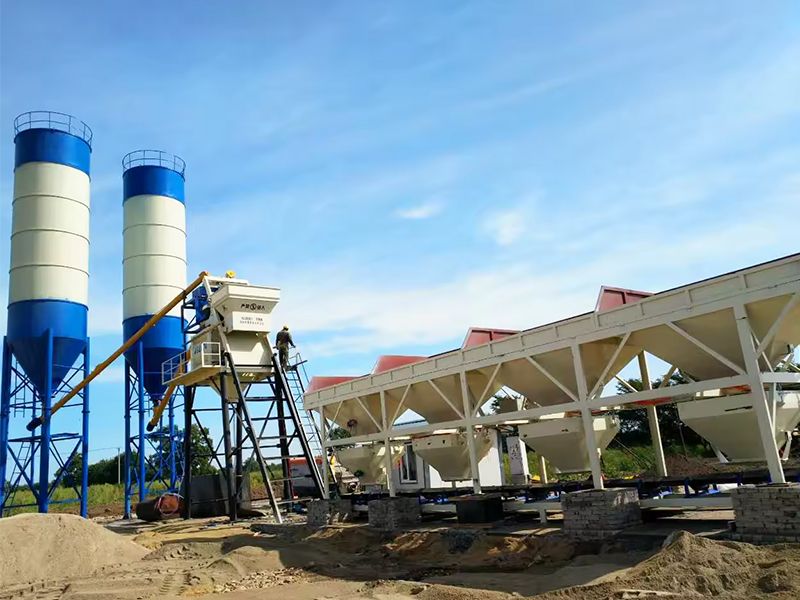
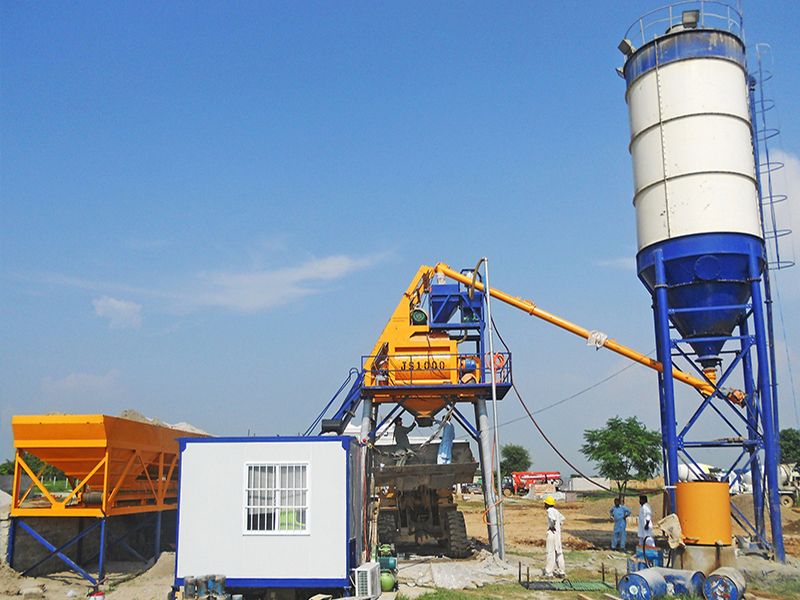
III. Mobile concrete mixing station
The loading, storage, weighing, mixing and unloading devices are installed on the same base. This layout is compact in structure, easy to carry and can directly enter the construction site, thus shortening the transportation distance of concrete and improving economic performance. But the disadvantage is that the general production efficiency is not high and the failure rate is relatively high.
IV. Level concrete mixing station
The material needs to be upgraded twice, with simple structure, less investment and small building height. It is suitable for the engineering of small concrete mixing station, but the disadvantage is that the material needs to be upgraded twice, the production efficiency is low and the degree of automation is low.
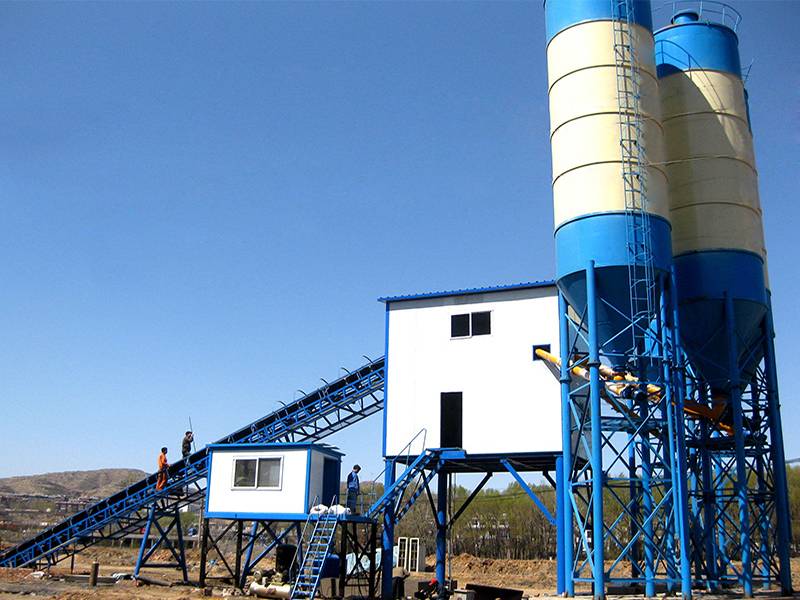
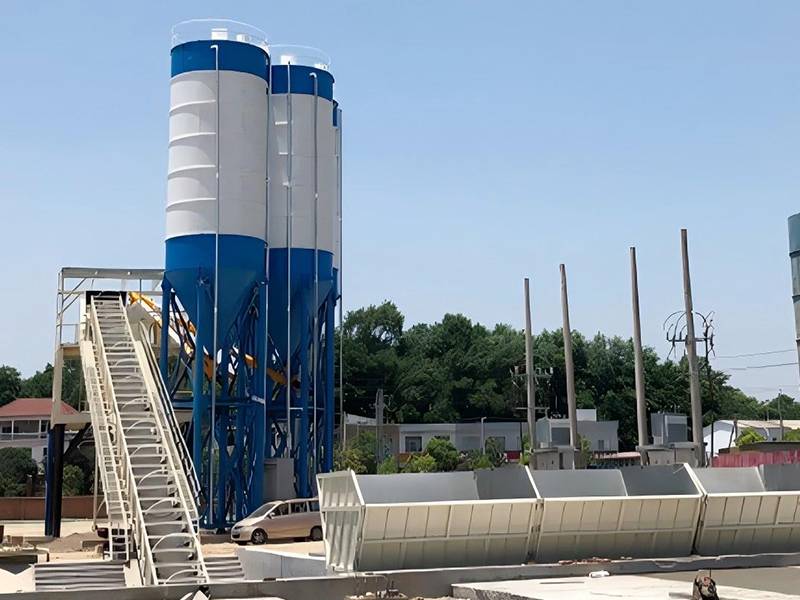
V. Vertical concrete mixing station
The material only needs to be lifted once, and then it falls by its own weight. The advantages are high efficiency, small floor space and easy to implement automation, but the disadvantages are complex structure, high manufacturing cost and difficult installation technology.
VI. Quick-moving concrete mixing station
The loading, storage, weighing, mixing and unloading devices are all combined and installed on a base. Its advantages are compact structure, easy handling, and direct operation on site, which reduces the conveying distance of concrete and saves economic cost. However, the disadvantage is that the production capacity is small and the environmental pollution control is difficult, which is not suitable for the production of non-standardized or special concrete.
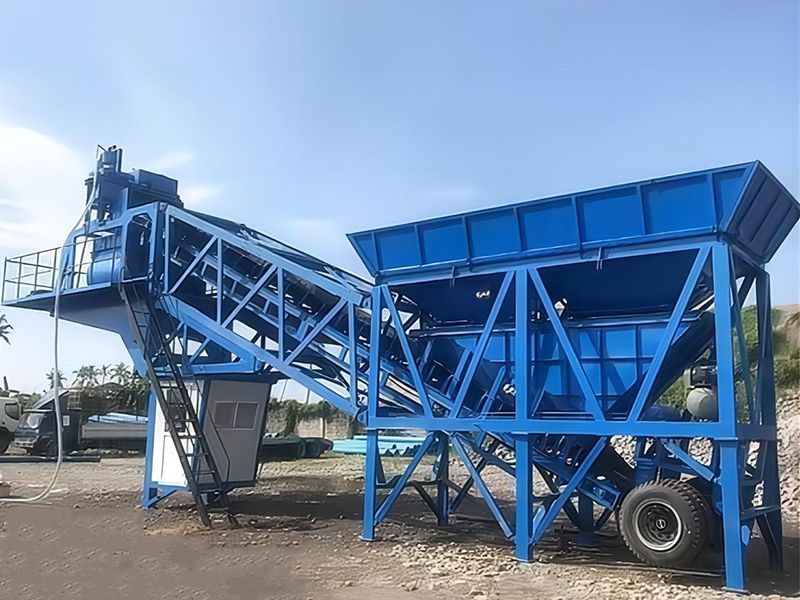
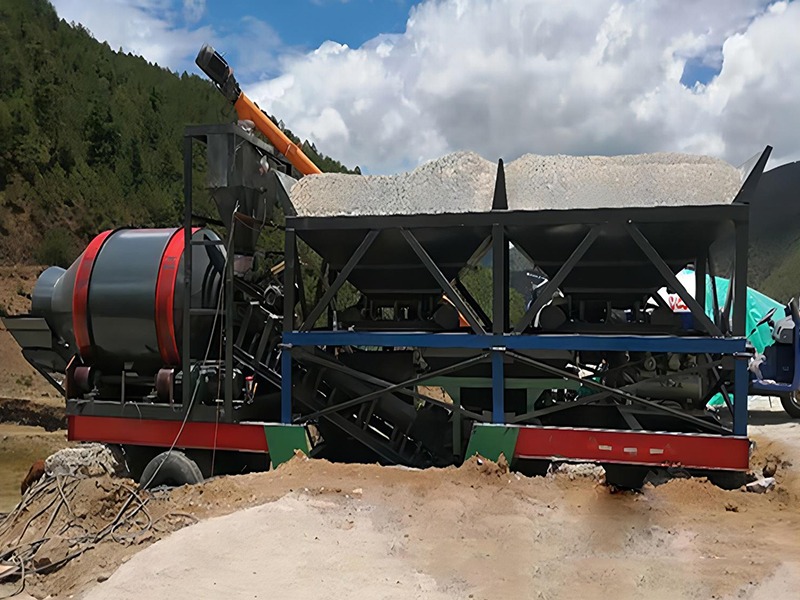
Choosing the right layout of mixing station depends on the size of the project, the demand of geographical location and the consideration of economic benefits. Each layout method has its unique advantages and limitations, so it needs to be selected according to the specific situation.











